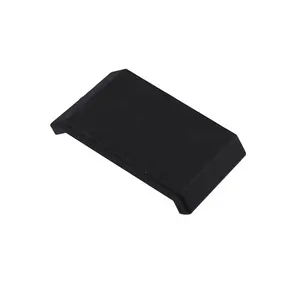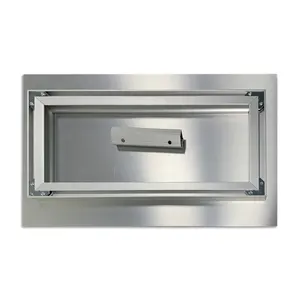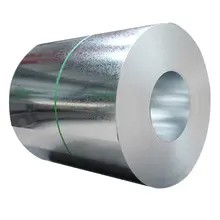Understanding Metal Angles
Metal angles are fundamental components in construction and industrial applications. An angle, often referred to as an L-shaped cross-section, is a piece of metal that is bent at a precise 90 degree angle. This structural shape is essential for creating frames, supports, and brackets, offering stability and rigidity where it's most needed.
Types and Applications of Angles
The versatility of angles is seen in their various types, such as acute angle and obtuse angle forms, which cater to different structural requirements. The standard right angle is widely used in constructing frames and reinforcing edges. In contrast, acute angles and obtuse angles are often found in specialized applications that require non-perpendicular connections.
Angles are integral in projects ranging from the construction of transmission towers and shelving to the reinforcement of frameworks. The unique shape of angles, including variations like the double ribbed angle, provides enhanced support for brickwork and other structural elements.
Features and Specifications
Angles are available in a range of materials, including stainless steel, carbon steel, and galvanized steel, known for its resistance to rust. The dimensions of angle legs can vary, typically ranging from 25mm x 25mm to 250mm x 250mm, with lengths from 6m to 12m. Thicknesses also vary, starting from 2.5mm to 35mm, to suit different load-bearing requirements.
Manufacturing techniques such as hot rolled, cold rolled, forged, and cold drawn affect the final properties of the angles. These methods contribute to the material's strength and workability, with steel alloys being particularly noted for their difficulty to bend, thus providing excellent support in construction.
Design and Customization
Angles can be customized in terms of size, thickness, and even perforation. A perforated angle allows for bolted connections, while non-perforated angles are typically joined by welding. The customization extends to the lengths and even the surface texture, with options like the uneven surface of a double ribbed angle providing a recess for motor bedding.
Advantages of Using Angles
The structural integrity provided by angles is unmatched, making them ideal for a wide range of applications. Their ability to maintain rigidity under stress and distribute weight evenly makes them indispensable in construction. Moreover, the simplicity of their design allows for ease of installation and adaptability to various architectural requirements.
Choosing the Right Angle for Your Project
Selecting the appropriate angle for a project involves considering the specific requirements of the application, such as load-bearing capacity, environmental conditions, and the desired longevity of the structure. Whether it's for shelving that requires a 45 degree angle for aesthetic purposes or for structural reinforcement where a supplementary angle might be necessary, the right choice of angle is crucial for the success of any construction or industrial task.


































 浙公网安备 33010002000092号
浙公网安备 33010002000092号 浙B2-20120091-4
浙B2-20120091-4